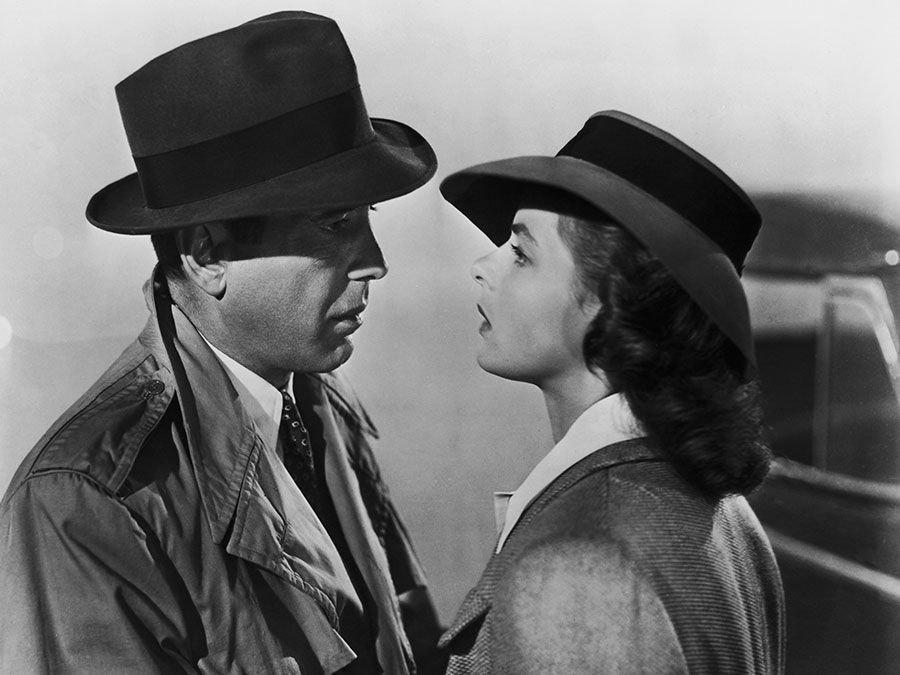Seven Brides for Seven Brothers
Our editors will review what you’ve submitted and determine whether to revise the article.
Seven Brides for Seven Brothers, American musical film, released in 1954, that is noted for its lively dance numbers. It was one of the first musicals to capitalize on the new wide-screen process of CinemaScope.
In the 1850s lumberjack Adam Pontipee (played by Howard Keel) lives with his six brothers in a remote cabin in the Oregon woods. Intent on finding someone to do the housekeeping, he marries boardinghouse cook Milly (Jane Powell). Once at the cabin, Milly begins civilizing the uncouth Pontipees. They go to town for a barn-raising dance and meet some local women but get into a brawl. The Pontipees miss the women they met at the dance, so Adam tells his brothers that, like the Romans did with the Sabine women, they should carry them off. The abducted women are taken back to the brothers’ cabin, and the culture clash that follows provides the basis for laughs and extravagant musical numbers.
Seven Brides for Seven Brothers was based on the short story “The Sobbin’ Women” by Stephen Vincent Benét, which in turn was inspired by the abduction of the Sabine women as narrated in Plutarch’s Life of Romulus. Many of the actors were trained dancers, for whom the legendary Michael Kidd supplied energetic choreography, particularly in the barn-raising sequence. The film was unusual in that it was not based on a prior Broadway musical. Keel and Russ Tamblyn excel among the brothers, while Julie Newmeyer as one of the abducted women got a career boost, changed her name to Julie Newmar, and went on to play Catwoman in the Batman TV series.

Production notes and credits
- Studio: Metro-Goldwyn-Mayer
- Director: Stanley Donen
- Producer: Jack Cummings
- Writers: Albert Hackett, Frances Goodrich, and Dorothy Kingsley
- Music: Gene de Paul
- Running time: 102 minutes
Cast
- Howard Keel (Adam Pontipee)
- Jeff Richards (Benjamin Pontipee)
- Russ Tamblyn (Gideon Pontipee)
- Tommy Rall (Frank Pontipee)
- Marc Platt (Dan Pontipee)
- Jane Powell (Milly)
- Julie Newmeyer (Dorcas)
Academy Award nominations (* denotes win)
- Picture
- Screenplay
- Cinematography (colour)
- Score*
- Editing















